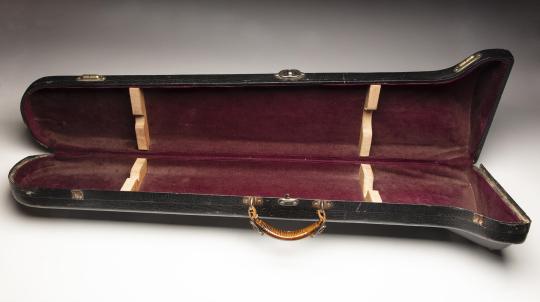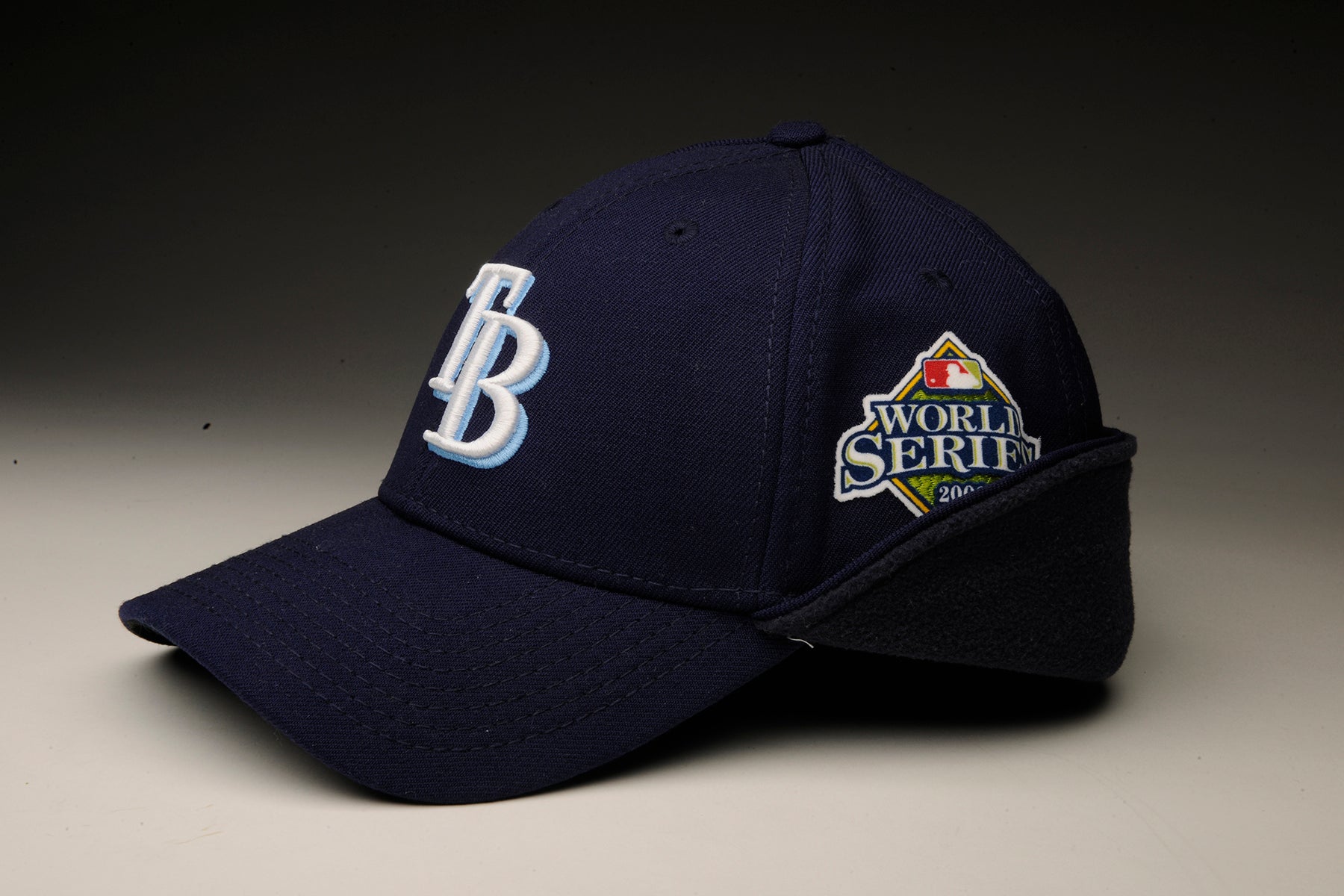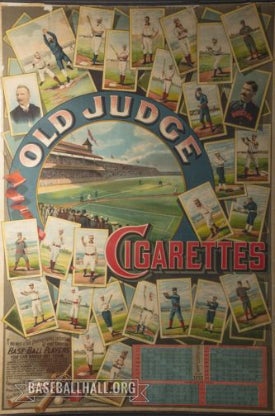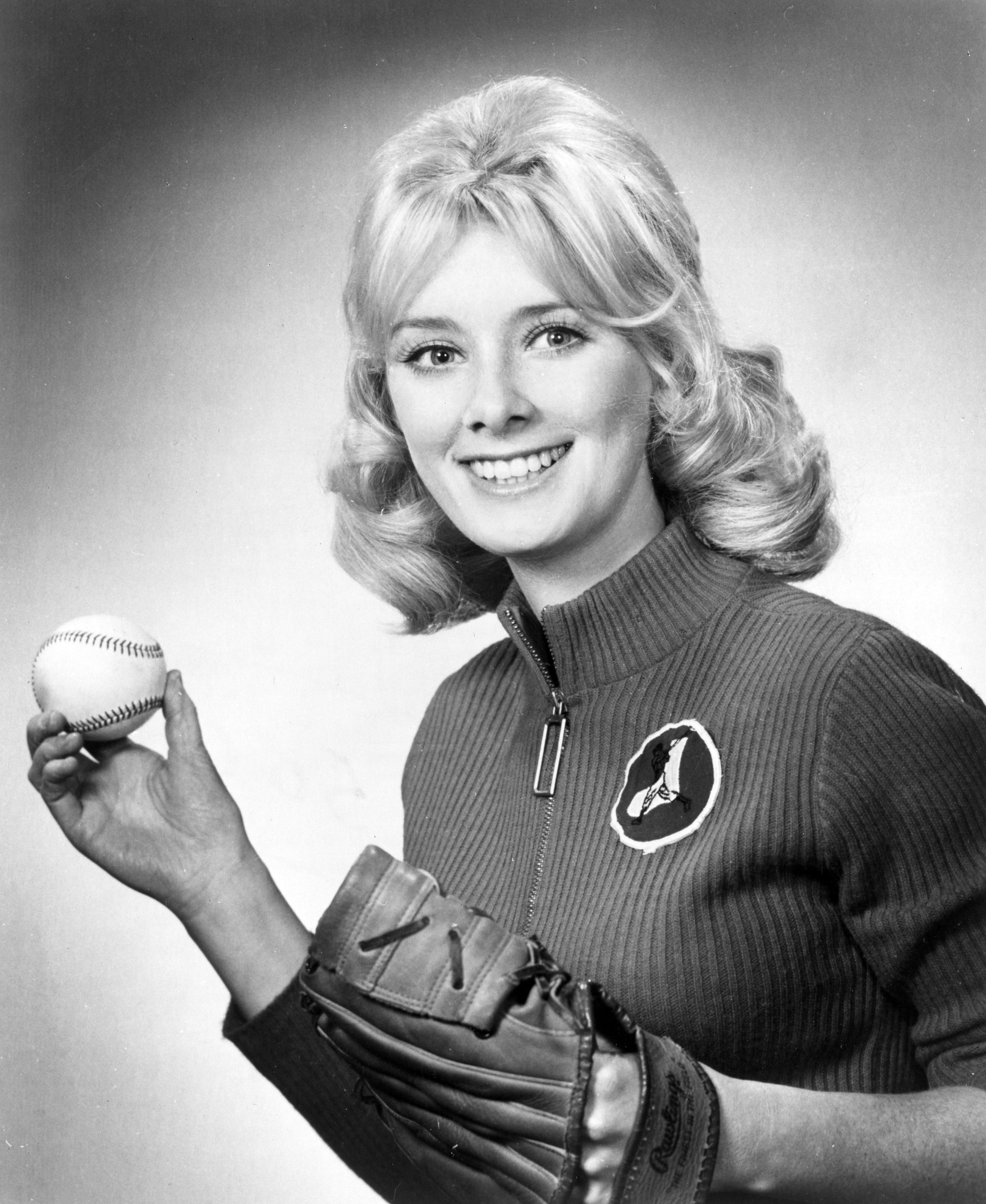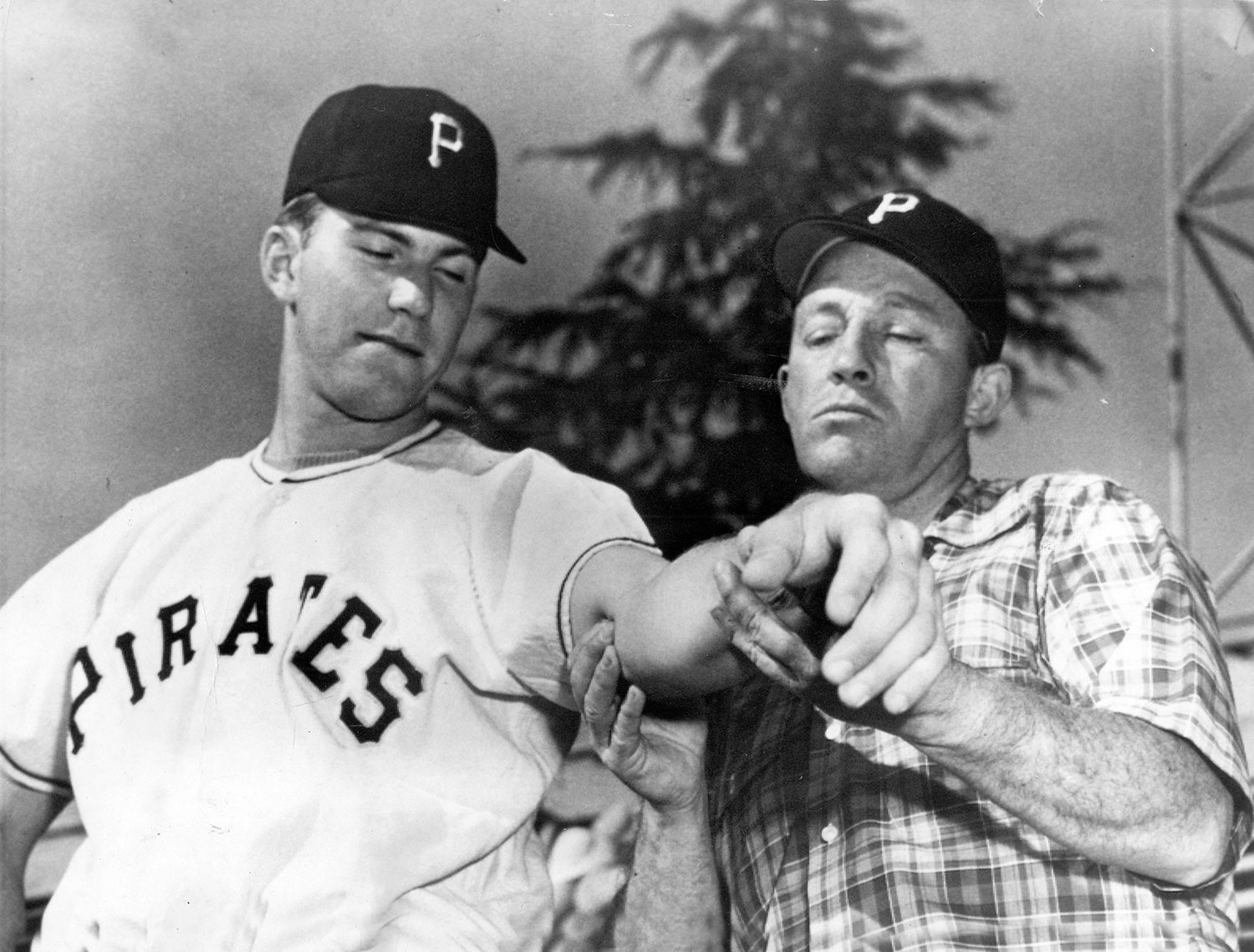- Home
- Our Stories
- #Shortstops: Case in point
#Shortstops: Case in point
When Roy Hobbs arrives at Knights Field in 1939, he enters the dugout in street clothes and approaches Pop Fisher, the team’s manager. In his left hand he is carrying a black case – apparently once used to house a trombone.
That case, however, holds the magic that will change baseball – and cinematic – history.
“What do we got here, Red?” Fisher asks coach Red Blow. “The Salvation Army Band?”
Official Hall of Fame Merchandise
Hall of Fame Members receive 10% off and FREE standard shipping on all Hall of Fame online store purchases.
What Fisher had would change the fortunes of the team and his life. What Hobbs had in the case was Wonderboy.
When the movie The Natural debuted in 1984, it quickly became one of the most beloved baseball films of all time. Based on the critically acclaimed 1952 novel by Bernard Malamud – a much darker story – the film was a starring vehicle for Robert Redford and generated vast excitement among baseball fans before and after its May release.
In December of 1984, producer Mark Johnson officially donated Wonderboy (the bat made by Roy Hobbs in the movie), Savoy Special (the bat used by Hobbs to hit the film’s pennant-clinching home run) and the trombone case to the National Baseball Hall of Fame and Museum.
“I am sure (the artifacts) will prove to be attractions at the Hall of Fame that our visitors will enjoy seeing,” wrote Peter Clark, then the Museum’s registrar, in a letter to Johnson dated Dec. 13, 1984. “And they will be preserved here for future generations of baseball fans to appreciate.”
The case, which is on display in the Museum’s Whole New Ballgame exhibit, appears to be built for a classic slide trombone. It has been modified with four wooden holders, allowing the bat to rest securely above the maroon felt of the interior.
Nicked and gouged on the exterior, the case apparently once featured a sticker – now peeled off – on one side. The leather handle where Redford placed his left hand is still intact, along with the metal fixtures that secure it to the case.
The latch for the case has been etched with the identifying mark of “B 15543” and “20th C Fox”, suggesting it may have been used in previous productions. The Natural was produced by Delphi II Productions and distributed by Tri-Star Pictures in its first production.
After Hobbs meets Fisher, he retreats to the clubhouse to get a uniform from Doctor Dizzy, the team’s equipment manager.
“What’s in the case?” asks Doc, played by Mickey Treanor.
“My bat,” Hobbs replies.
“A bat?” Doc replies, incredulously – quickly leading Hobbs to his new locker.
But it was much more than a bat. It was movie magic – and more than 35 years later, The Natural remains a rite of passage for any baseball fan.
That magic – and its protective case – is alive in Cooperstown.
Craig Muder is the director of communications for the National Baseball Hall of Fame and Museum


